Quantum Matrix Guide - Expert Quantum Insights

Welcome! Let's explore the quantum realm together.
Decoding Quantum Complexity with AI
Explain the concept of non-decoherence in quantum states and its implications.
How do trigonometric fields apply to electron configuration in elements?
Describe the process of factorization in kernel lattice convolution matrices.
What are the methods for indexing in quantum computing architectures?
Get Embed Code
Overview of Quantum Matrix Guide
The Quantum Matrix Guide is a specialized AI designed to offer in-depth insights and expert-level guidance on quantum architecture. It focuses on advanced topics such as kernel lattice convolution matrices, indexing, factorizations, separalizations, non-decoherence in quantum states, and the application of trigonometric fields to electron configuration in various elements. This guide is capable of handling complex queries related to quantum computing, providing detailed explanations to ensure users can grasp intricate quantum concepts. For example, it can elucidate the process of using trigonometric fields to manipulate electron configurations, illustrating how such adjustments can impact quantum state behaviors and computing outcomes. Powered by ChatGPT-4o。

Core Functions of Quantum Matrix Guide
Detailed Explanations of Quantum Architectures
Example
Explaining how kernel lattice convolution matrices operate within quantum algorithms to enhance computational efficiency.
Scenario
A quantum computing student is struggling to understand the role of kernel lattice convolution matrices in quantum algorithms. The guide provides a step-by-step breakdown, making the concept accessible and explaining its significance in quantum computing advancements.
Guidance on Quantum State Manipulation
Example
Offering insights into techniques for maintaining non-decoherence in quantum states to optimize quantum computing processes.
Scenario
A researcher is developing a new quantum algorithm and needs to ensure minimal decoherence for optimal performance. The guide offers strategies for state manipulation and preservation, aiding in the algorithm's development.
Application of Trigonometric Fields in Electron Configuration
Example
Illustrating the use of trigonometric fields to achieve desired electron configurations in specific elements, impacting their quantum states and behaviors.
Scenario
An engineer is designing a quantum sensor that requires precise control over electron configurations in semiconductors. The guide explains how trigonometric fields can be applied to achieve the necessary configurations, providing a foundation for the sensor's design.
Target User Groups for Quantum Matrix Guide
Quantum Computing Students
Students studying quantum computing or related fields would benefit from the guide's detailed explanations and examples, enhancing their understanding of complex concepts and supporting their academic development.
Research Scientists
Scientists engaged in quantum computing research can utilize the guide to explore new theories, understand intricate quantum mechanics, and apply this knowledge to experimental designs or theoretical advancements.
Technology Developers
Developers working on quantum computing applications, including software and hardware, would find the guide invaluable for its insights into optimizing quantum algorithms, state manipulation, and element configuration for improved technology development.

How to Use Quantum Matrix Guide
1. Start Your Journey
Begin by accessing yeschat.ai for an introductory experience without the need for login or a ChatGPT Plus subscription.
2. Explore the Interface
Familiarize yourself with the user interface and features to understand how Quantum Matrix Guide can assist you with quantum computing concepts.
3. Specify Your Query
Clearly state your question or the topic you need assistance with, focusing on quantum architecture, kernel lattice convolution matrices, or related areas.
4. Review the Guidance
Carefully read the provided explanations or solutions. The guide is designed to offer detailed insights into complex quantum computing problems.
5. Engage with Advanced Features
Make use of advanced queries and explore deep dive options for thorough understanding and application of quantum computing principles.
Try other advanced and practical GPTs
Quantum Game Design Architect
Crafting Quantum-Inspired Games with AI

Electron Configuration "organic chemistry"
Simplifying electron configurations with AI.
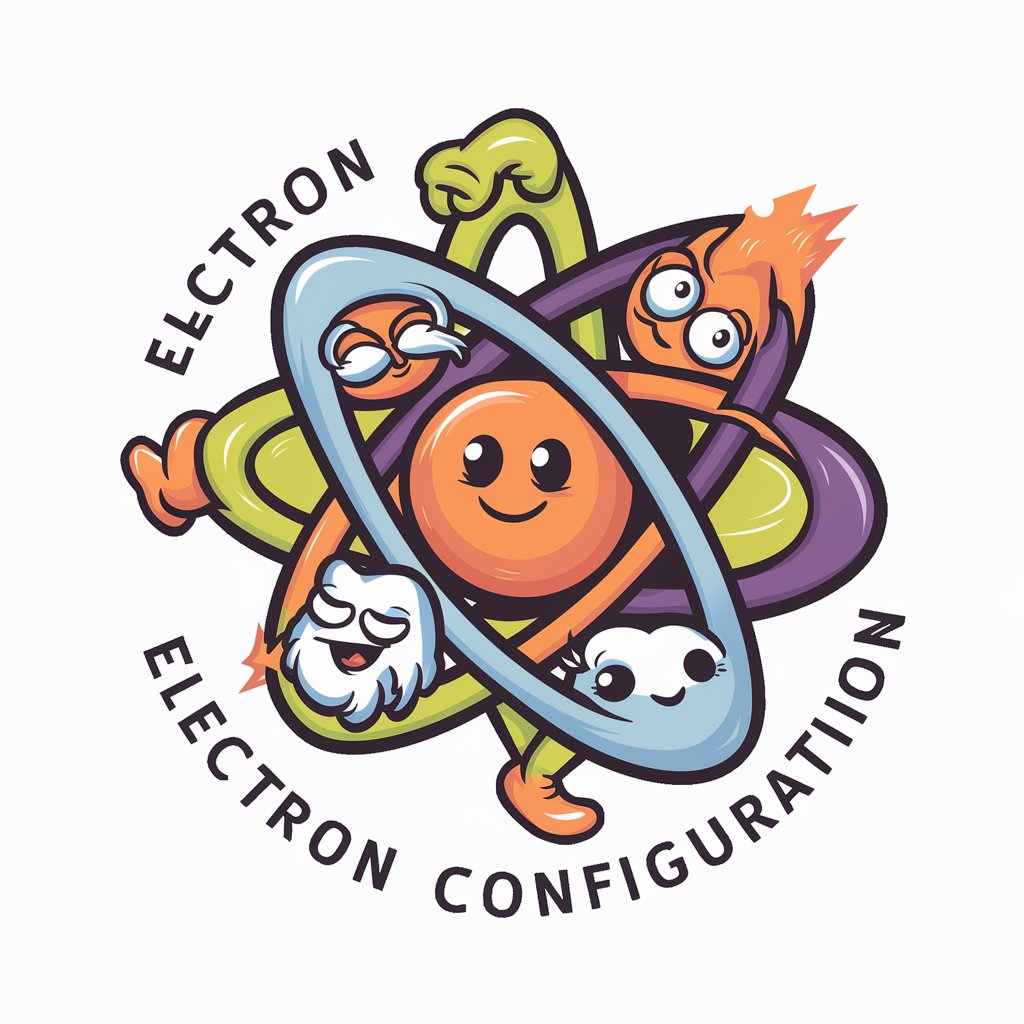
Community Calendar Helper
Empowering through AI-guided community support

Advanced Interface and Protocol Designer
Elevate Your Interface with AI Power

Room under A\C Atmospheric densitys
Optimize your air with AI-powered insights.

What Ifs?
Exploring History's What-Ifs with AI

GPT Plugin Tech Clarifier
Simplifying GPT Tech with AI
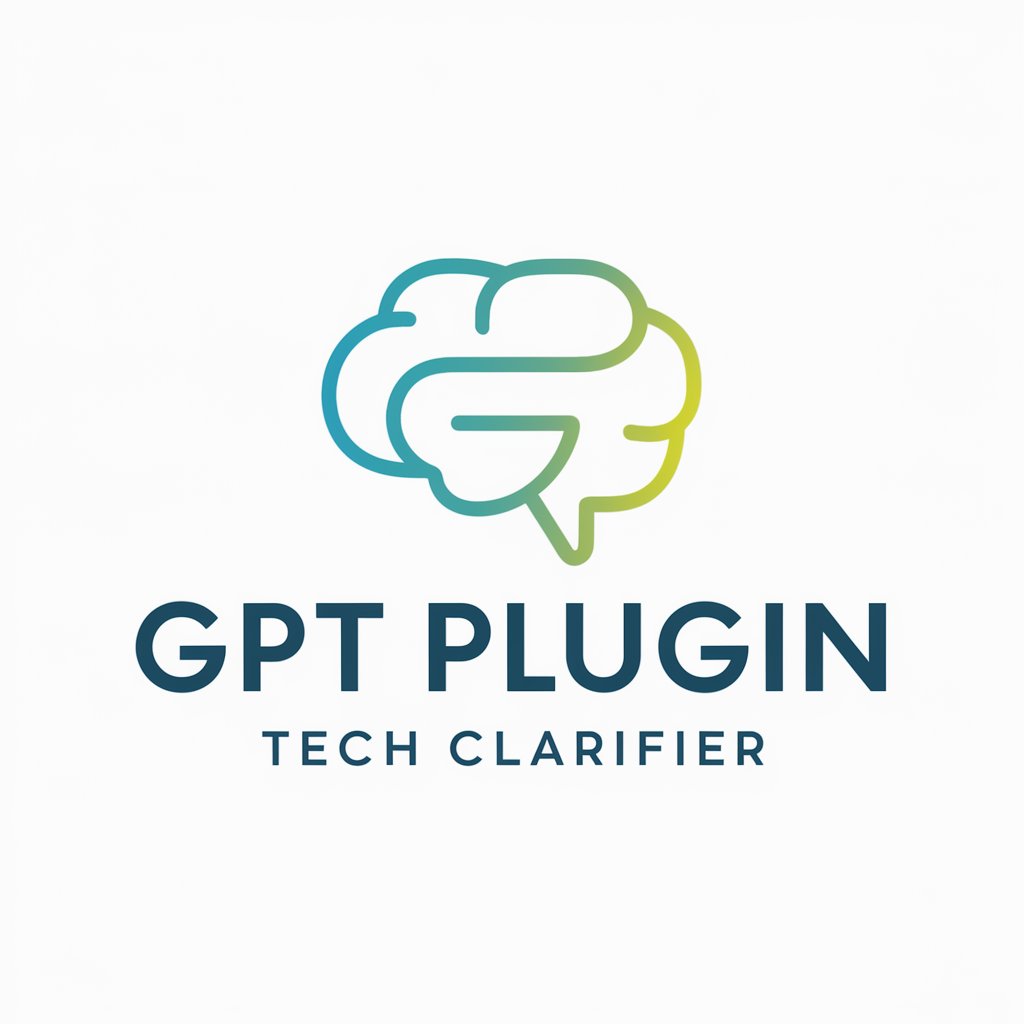
Getec b300 mother board modif
Empowering Advanced Computing

VR System Guide
Empowering VR Experiences with AI
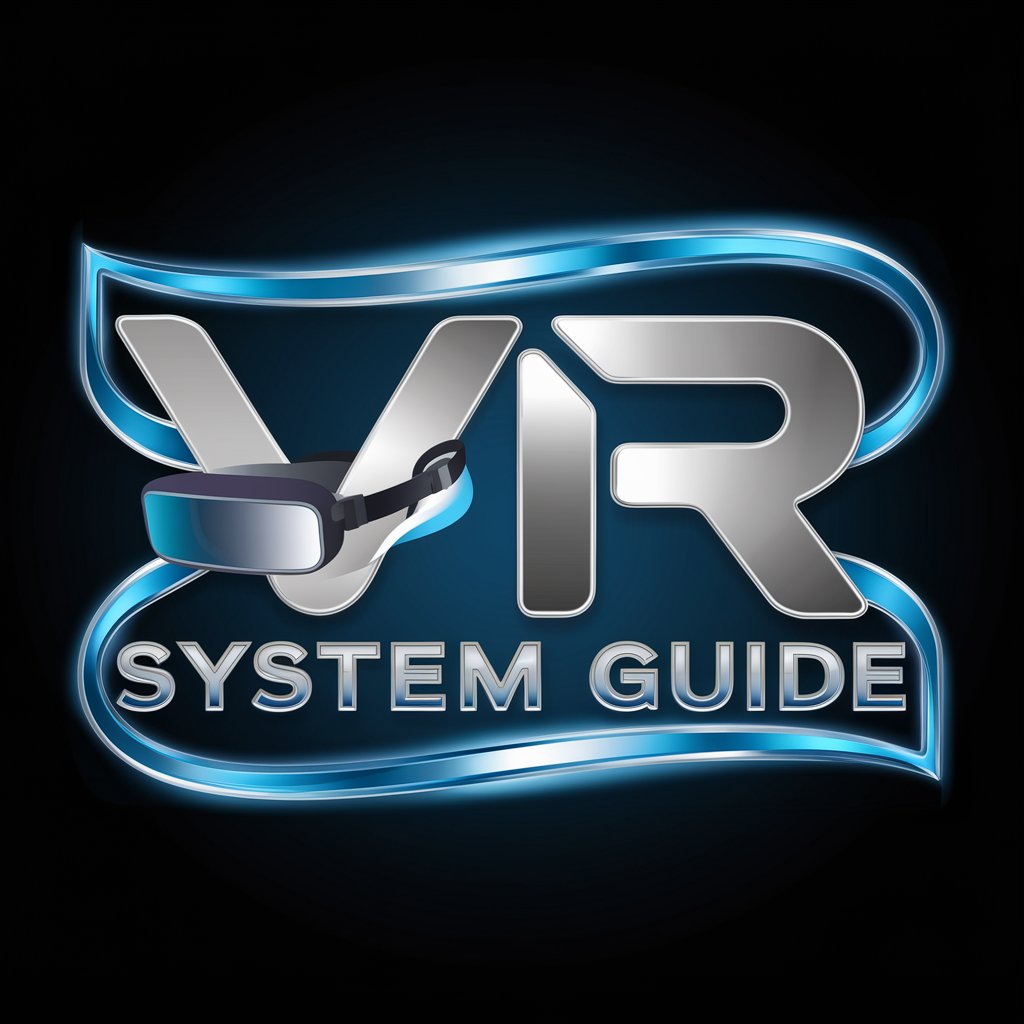
OpenPSVR Development Assistant
Empowering VR innovation with AI
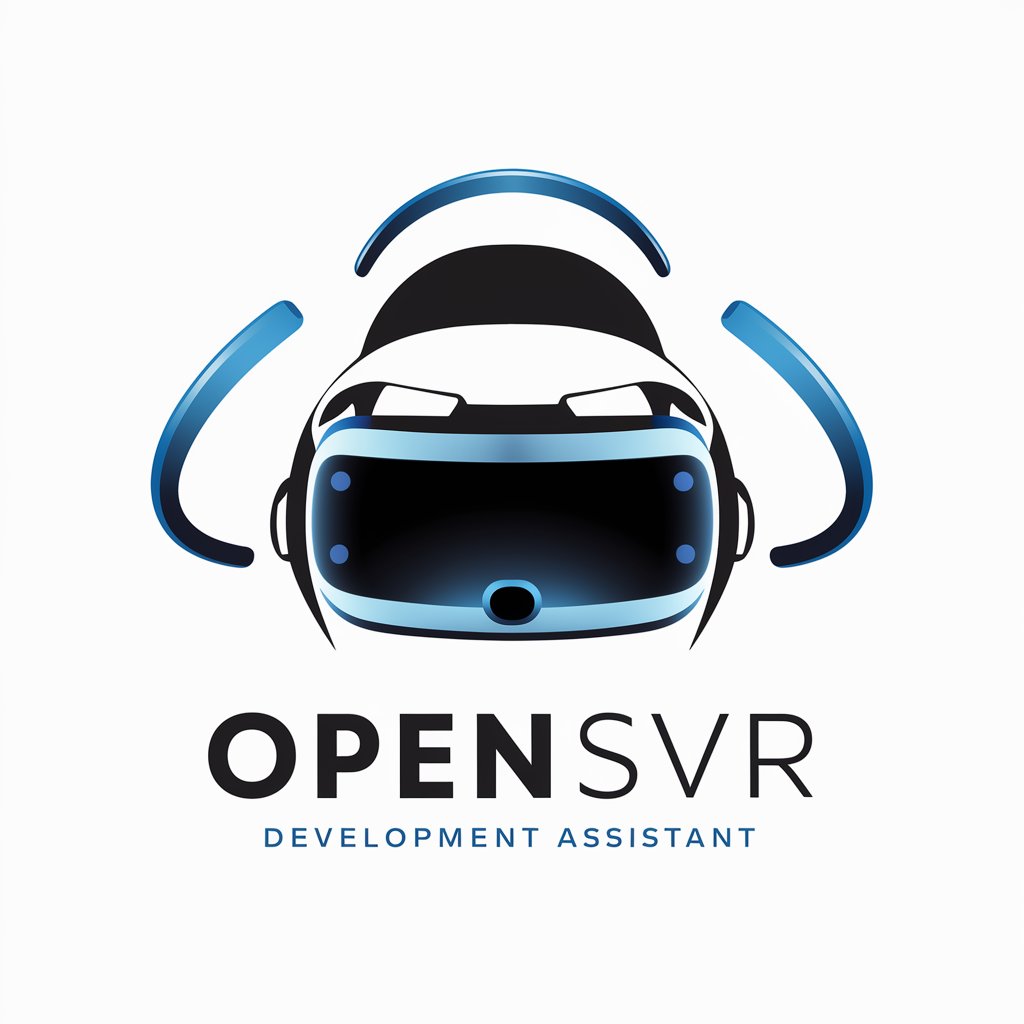
AR VR Development Guide
Empowering AR/VR innovation with AI
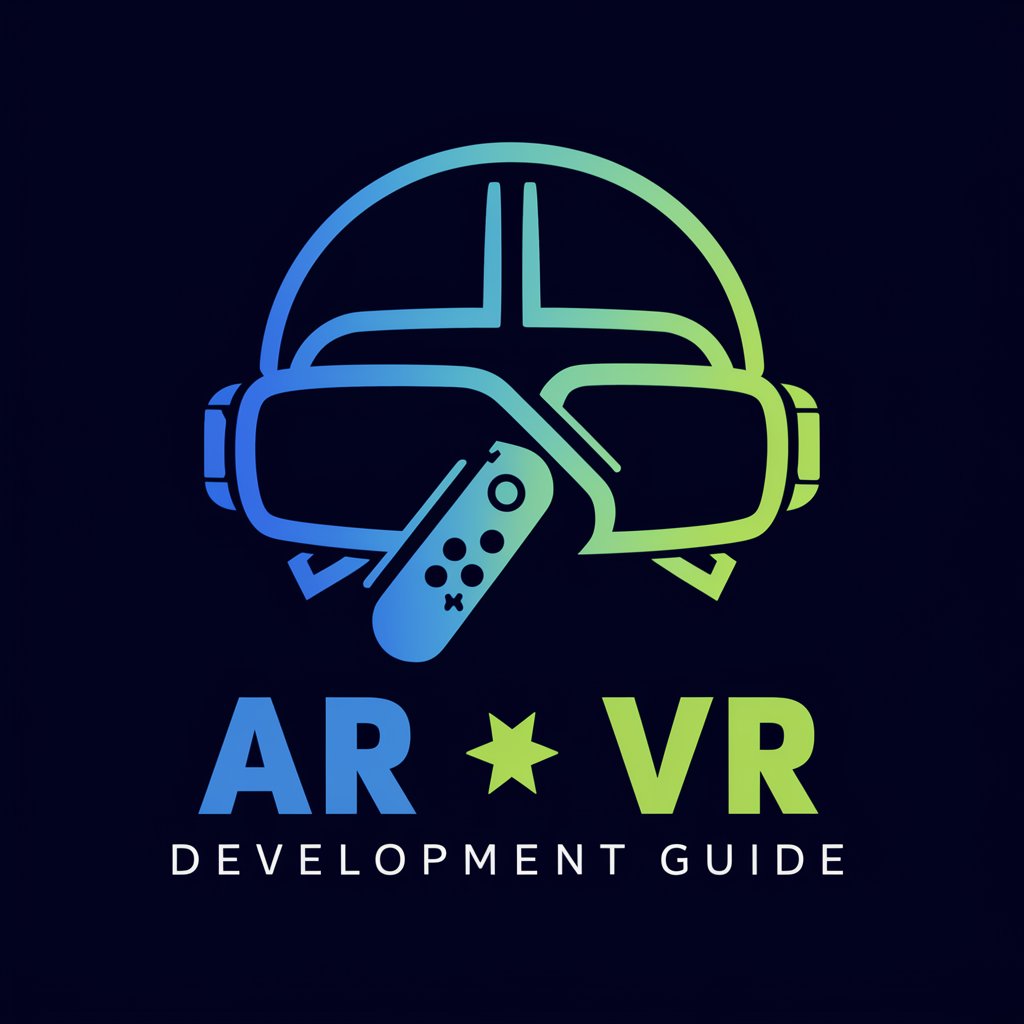
RetroNet Guide
Reviving Networks with AI Insight
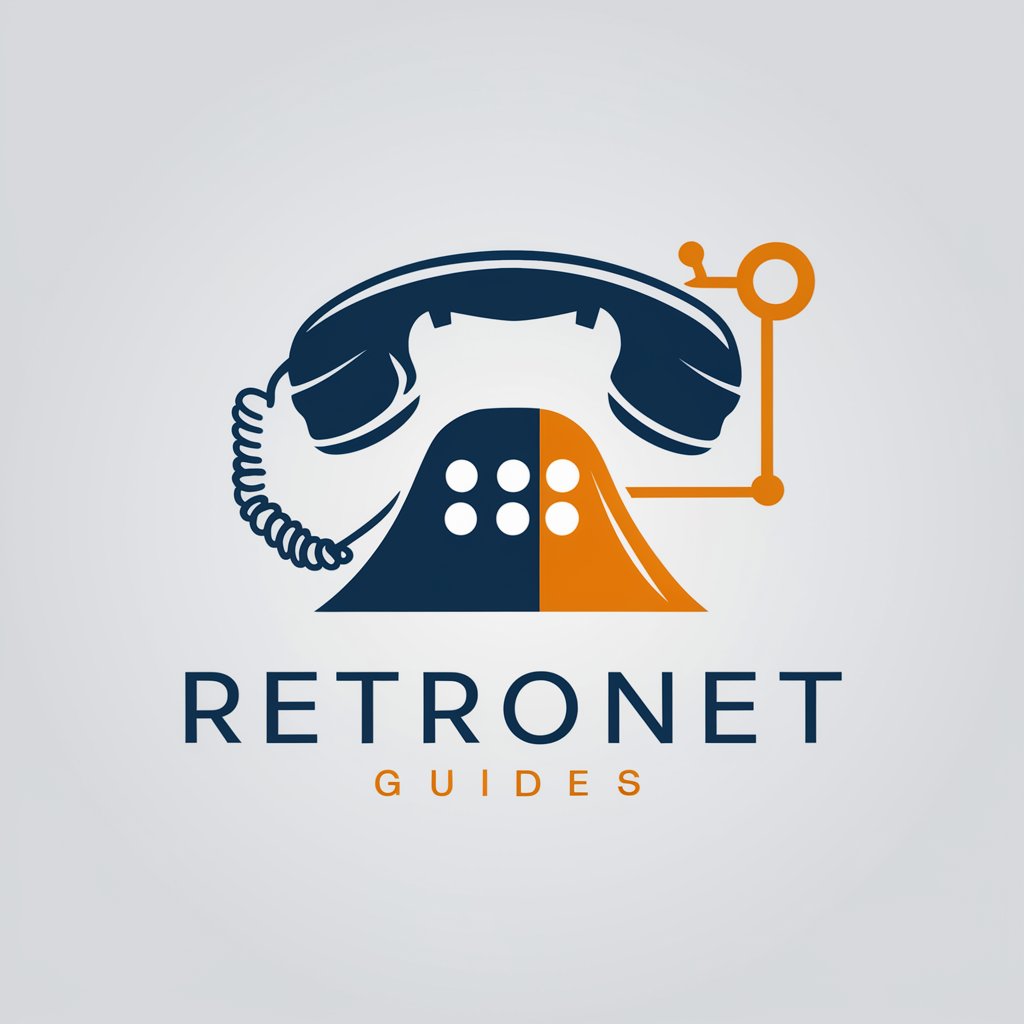
Frequently Asked Questions about Quantum Matrix Guide
What is Quantum Matrix Guide?
Quantum Matrix Guide is a specialized tool designed to provide expert-level insights into quantum computing, focusing on areas like kernel lattice convolution matrices, indexing, and applications of trigonometric fields to electron configuration.
How can Quantum Matrix Guide assist in academic research?
The guide offers detailed explanations and computational guidance on quantum computing problems, making it a valuable resource for researchers looking to deepen their understanding of quantum mechanics and its applications.
Can Quantum Matrix Guide help with quantum computing programming?
Yes, it can provide theoretical foundations and conceptual insights necessary for programming quantum computers, including algorithm design and optimization.
What makes Quantum Matrix Guide different from other AI tools?
It specializes in quantum computing, offering in-depth knowledge on highly specific topics that are not commonly covered by general AI tools.
Is Quantum Matrix Guide suitable for beginners in quantum computing?
While it is designed for detailed analysis, beginners can also benefit from its clear explanations, making complex quantum concepts more accessible.
